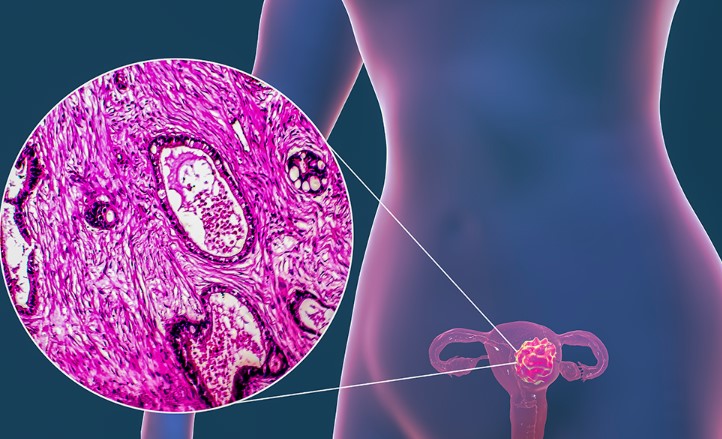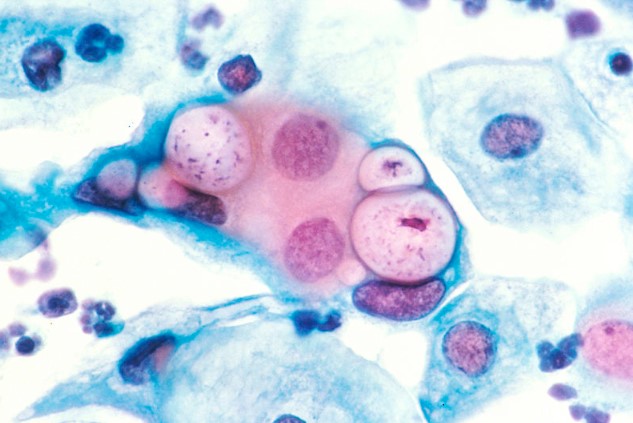
Childhood Obesity
Introduction
Childhood obesity is a growing epidemic worldwide. It is characterized by an excessive accumulation of body fat that poses a risk to a child’s health. Addressing childhood obesity is crucial because it lays the foundation for a healthier future generation. Without intervention, children with obesity are likely to become obese adults, leading to more severe health problems and increased healthcare costs.
Understanding Childhood Obesity
Causes of Childhood Obesity
Childhood obesity is a complex condition with multiple contributing factors.
Genetic Factors
Genetics play a significant role in childhood obesity. Children with obese parents are more likely to become obese due to inherited genes that affect metabolism and fat storage.
Environmental Factors
The environment in which a child grows up significantly influences their weight. Factors include the availability of healthy food options, neighborhood safety, and access to recreational areas.
Behavioral Factors
Lifestyle choices, such as diet and physical activity, directly impact a child’s weight. High-calorie diets and sedentary behaviors contribute to weight gain.
The Role of Diet in Childhood Obesity
Diet is a primary factor in the development of childhood obesity. Consuming high-calorie, low-nutrient foods like fast food, sugary snacks, and beverages leads to excessive weight gain. Poor eating habits, such as irregular meal times and overeating, exacerbate the problem.
The Role of Physical Activity
Regular physical activity is essential for maintaining a healthy weight. Unfortunately, many children today lead sedentary lifestyles, spending more time on screens and less time playing outside or engaging in sports. This lack of physical activity is a significant contributor to childhood obesity.
Health Implications of Childhood Obesity
Physical Health Risks
Diabetes
Obese children are at a higher risk of developing type 2 diabetes. This condition, once rare in children, is now increasingly common due to rising obesity rates.
Cardiovascular Diseases
Childhood obesity is linked to cardiovascular problems such as hypertension and high cholesterol, which can lead to heart disease later in life.
Psychological Effects
Low Self-esteem
Children with obesity often face stigma and bullying, leading to low self-esteem and social isolation.
Depression and Anxiety
The psychological burden of obesity can manifest as depression and anxiety, affecting a child’s overall well-being and academic performance.
Preventive Measures
Importance of a Balanced Diet
A balanced diet rich in fruits, vegetables, whole grains, and lean proteins is vital for preventing childhood obesity. Reducing the intake of sugary drinks and junk food can significantly impact a child’s weight.
Encouraging Physical Activity
Sports
Engaging in sports helps children stay active and healthy. Participation in team sports also promotes social skills and teamwork.
Outdoor Play
Encouraging children to play outside reduces screen time and increases physical activity, essential for maintaining a healthy weight.
Limiting Screen Time
Reducing the time children spend on electronic devices encourages them to engage in more physical activities. Setting limits on screen time can help prevent sedentary behavior.
Role of Parents and Guardians
Healthy Eating Habits
Parents and guardians play a crucial role in shaping a child’s eating habits. Preparing nutritious meals and modeling healthy eating behaviors can influence children to make better food choices.
Active Lifestyle Promotion
Encouraging an active lifestyle by participating in physical activities as a family fosters healthy habits that can last a lifetime.
Treatment Options for Childhood Obesity
Medical Interventions
Consulting a Pediatrician
A pediatrician can provide personalized advice and create a tailored plan to address a child’s obesity.
Medications
In some cases, medications may be prescribed to aid in weight loss, but these are typically reserved for severe cases and are used in conjunction with lifestyle changes.
Lifestyle Changes
Dietary Adjustments
Implementing dietary changes, such as reducing portion sizes and incorporating more fruits and vegetables, can help manage weight.
Exercise Routines
Establishing regular exercise routines, including activities that the child enjoys, makes it easier to maintain consistent physical activity.
Behavioral Therapy
Behavioral therapy can help children and their families develop healthier eating and activity habits. It addresses the psychological aspects of obesity and promotes long-term lifestyle changes.
Role of Schools and Community
School Programs and Policies
Healthy School Meals
Schools can offer nutritious meal options and educate students about healthy eating habits.
Physical Education Classes
Regular physical education classes ensure that children get sufficient physical activity during the school day.
Community Initiatives
Local Sports Programs
Community sports programs provide opportunities for children to stay active and develop social skills.
Public Awareness Campaigns
Campaigns aimed at raising awareness about childhood obesity can educate the public and promote healthy lifestyle choices.
Government and Policy Interventions
Legislation and Regulations
Governments can implement policies that promote healthy eating and physical activity, such as regulating food advertising aimed at children and improving urban planning to encourage outdoor activities.
Funding for Obesity Prevention Programs
Allocating funds for programs that prevent and treat childhood obesity is essential for addressing the issue at a national level.
Public Health Campaigns
Government-led campaigns can educate the public about the risks of childhood obesity and promote healthier lifestyles.
Technological and Innovative Solutions
Fitness Apps and Gadgets
Fitness apps and wearable gadgets can motivate children to stay active by tracking their physical activity and setting goals.
Online Resources and Support Groups
Online platforms offer resources and support for children and families dealing with obesity, providing tips, recipes, and motivational stories.
Case Studies and Success Stories
Examples of Successful Interventions
Highlighting successful interventions, such as school programs or community initiatives, can inspire others to take action.
Lessons Learned
Analyzing what worked and what didn’t in various interventions helps improve future efforts to combat childhood obesity.
Challenges in Combating Childhood Obesity
Socioeconomic Barriers
Low-income families often face challenges in accessing healthy food and recreational facilities, making it harder to prevent and treat childhood obesity.
Cultural Factors
Cultural beliefs and practices regarding food and body image can influence a child’s eating habits and perceptions about weight.
Future Directions and Research
Emerging Trends
New trends, such as incorporating technology into physical education or using social media for health promotion, show promise in addressing childhood obesity.
Ongoing Research and Studies
Continued research is crucial for developing effective strategies to prevent and treat childhood obesity. Studies on genetics, behavior, and interventions provide valuable insights.
Conclusion
Addressing childhood obesity requires a multifaceted approach involving families, schools, communities, and governments. By promoting healthy eating, encouraging physical activity, and implementing supportive policies, we can combat this epidemic and ensure a healthier future for our children.
FAQs
What are the main causes of childhood obesity?
Childhood obesity is caused by a combination of genetic, environmental, and behavioral factors. Poor diet and lack of physical activity are significant contributors.
How can parents help prevent childhood obesity?
Parents can prevent childhood obesity by providing nutritious meals, encouraging physical activity, and setting limits on screen time.
Childhood Illnesses
You May Also Like

Understanding Cancer of the Uterus: A Comprehensive Guide
October 10, 2023
Mental Health: Nurturing Wellness and Balance in Life
August 5, 2023
